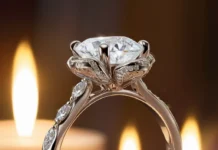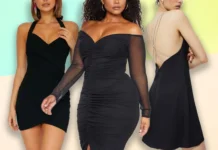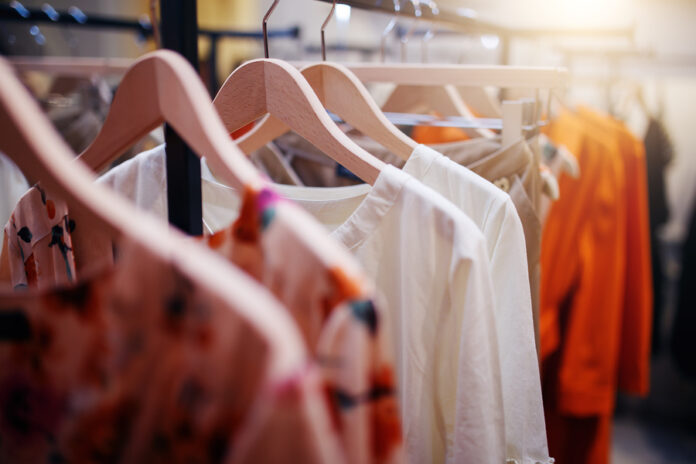
On the way to the top of your career, one simple rule applies – if you dress like an intern, you will be perceived as an intern by others, and even by yourself. Professionals offering CV writing services from WriteMyResumes.net can help you in crafting the best resume and it’s going to be your ticket to the dream job. In career advancement though, you will need to hone new creative skills including a sense of fashion.
The Role of Fashion in the Progress
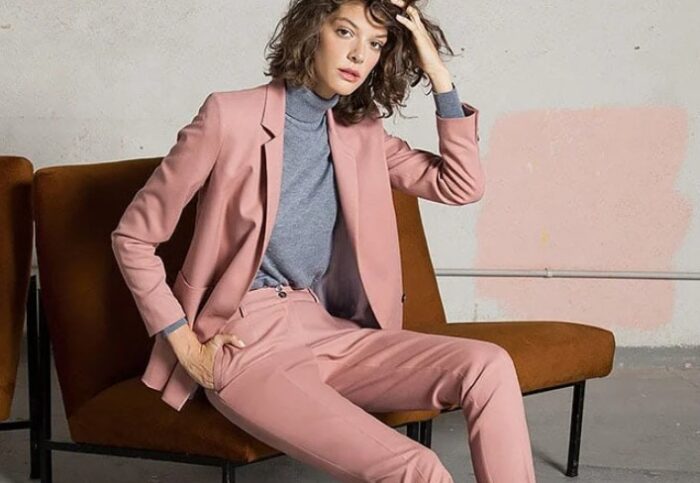
A lot of research has been conducted on how the right outfit can affect our mood, self-awareness, and self-confidence. One of the latter, however, gives a caveat: the assessment of your image should initially come from you. Meaning that a good outfit can be considered as such if you feel good about it.
After all, diversity is the basic trend of the present, so the measure of success for everyone is different as well. It may well happen that a superbly tailored expensive suit will simply keep a tight rein on you, and there will be no question of any self-confidence. Moreover, here there is another major factor to consider – the situation.
For example, a three-piece suit – a kind of symbol of the business person’s success – can help you enormously in boosting your confidence if you have a business presentation in front of superiors.
On the contrary, if you decide on putting such an outfit for a meeting of the team that launched a tech startup in some loft where the vast majority is wearing hoodies with jeans and you are going to be wishing the earth could swallow you up. Here’s what fashion psychologists offer to make your clothes work for you.
It’s All Started with Experiment
Today in psychology, this effect is called “enclothed cognition“. The crux is that our cognition depends directly on what we are enclothed in. Management and administrative professor of Columbia Business School, Adam Galinsky, argues that the item of clothing should be given a symbolic meaning to have a positive effect.
He conducted an experiment twice in 2012 and proved the hypothesis. The first research consisted of the following: two groups of students were given the same tests to check their intellectual abilities. The highlight was that one of the groups was supposed to wear lab coats while the other was allowed to write the test in their usual clothes.
The results are predictable – students who performed the task in white coats passed the test with flying colors while the others failed. The scientists haven’t stopped there and have gone even further. They then gave white coats to both groups: the first one was convinced that the coats belong to the scientists, while the second group of students was told they were wearing theatrical costumes.
Once again, the students who truly believed that they were dressed in the robes of scientists did the task better. As professor Galinski summed up, the point of the experiment was to show that clothing affects how we think and how we function in society as long as we interpret correctly its symbolic meaning.
On a subconscious level, the students worked out the guideline that the mentioned test will be a piece of cake for a scientist but not for an artist. Wearing the right clothes in this case just helped to reinforce this pattern.
Translating the conclusion into our omnipresent question “what to wear?”, we get the following: no matter how fashionable and expensive your outfit is, the main thing is the firm conviction that your look suits you perfectly and is relevant to the situation at a particular moment.
How can we masterly apply it to ourselves?

Here are the 9 steps fashion psychologists offer to undertake to make your clothes work for you.
Correspond with the day
In the morning, before you open the closet, think about what you have to do today. What mood are you in? How do you want others to perceive you? If you are feeling tired and apathetic, it may even be helpful for you to prink up a little. On the other hand, to slightly ease the burden of tension before the upcoming workday, you can go a little more casual.
It’s about striking a balance between our mood, clothes, and how we want to look in the eyes of others. We all sometimes come up with thoughts like “I wish I could get out of that suit as soon as possible,” but this can be easily avoided by giving yourself a minute for introspection in the morning.
Think of the comfort

It’s not about getting out of the house in your favorite oversized sweater and sweatpants. Think about the fabric – it should be as soft as possible to the skin. Think about how your outfit correlates with the environment in which you find yourself today. Feeling comfortable is very important.
After all, after all, your goal is to complete the plan for the day, and not constantly think about what you are wearing today. Pay attention to your favorite colors (provided that they suit you), styles, brands, and build your basic wardrobe on the things that you will wear.
Choose the outfit that fits you nicely
The point is obvious, but still no less important. A flawless suit that doesn’t fit your size, however, is no longer a flawless suit. A high-quality cut and a good size are what will help you feel confident in yourself.
Stand out properly
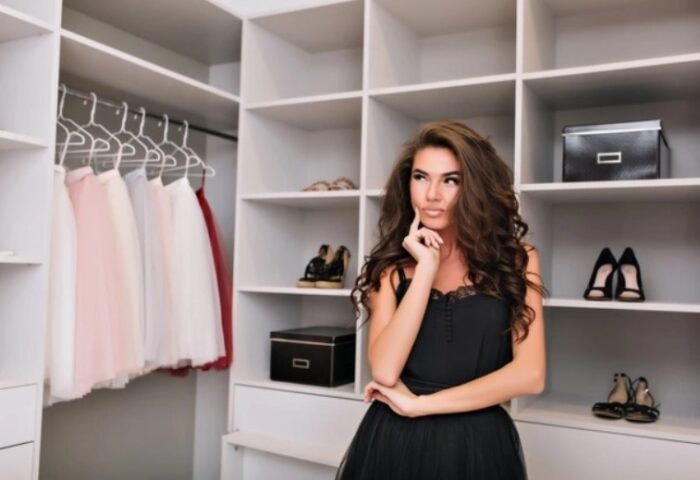
A little black dress is always a good choice when you go to a cocktail party, but still, the risk of blending in with the crowd increases significantly. Sometimes you need to stand out – in a good way. For example, if you are being interviewed for a job, it is of paramount importance that your image got stuck with the recruiter long enough.
Thus, do not be afraid to wear a bright item or create a whimsical style, provided of course that you feel at ease in this particular color or fashion.
Don’t be afraid to change
Advertising campaigns of all kinds of brands often use phrases such as “timeless classic”, “immortal style”, “always fashionable shade”. Suffice it to say that it’s a delusion since time changes, the same happens to styles.
For example, earlier the sweatshirt was considered the clothes of loafers and mugs, but today it is a real uniform of fashion freaks and young scientists. Therefore, always evaluate every piece of your wardrobe in terms of relevance to the current era.
Dress for the occasion

The feeling of confidence emanating from a particular outfit depends on many variables: your mood, the situation, the norms prevailing in your society, and even the role you play at a particular event. Always draw parallels with a wedding – there is no universal outfit. Bride, maid of honor, groom’s mother, and toastmaster, they all will have different kinds of garments.
Don’t be a slave to the age
This is not even the attitude of anti-age adherents, but of psychologists who advise dressing according to your wishes and not to age requirements. Chances are you won’t feel comfortable wrapping in the same outfit throughout the decades.
However, if you still daydreaming about strolling in a mini skirt at 50 – don’t be afraid to indulge yourself. As Coco Channel has masterly put it:” You can be gorgeous at thirty, charming at forty, and irresistible for the rest of your life.”
Find the outfit that will work for you

An outfit, when good indeed, is supposed to make you be yourself and feel upbeat. So if, for example, you associate a business suit with dishonest people, it will never help you feel stronger and, to put it mildly, “above the rest”.
Clothes will work for you only if you correctly correlate your choices with your personality, mood, and preferences. There are a lot of people who feel comfortable and productive enough even without getting out of bed, with a laptop on their knees and in their favorite pajamas.
On the contrary, there are those, who can also work from home, but before that, they will definitely take a shower, put themselves in order, dress strictly, and then get down to business.
Try to create your uniform
This is an approach that will come in handy for self-branding. For example, it is a widely known fact that Mark Zuckerberg prefers wearing a gray T-shirt and Barack Obama often chooses gray or blue suits. Another point of this practice is that creating one unique look will save you from morning “what to wear?” dilemmas so that you can focus on more essential tasks.
Fashion is an art, but also it is a love for yourself. When wearing something you should feel self-satisfaction and happiness since only then will you leave a lasting trail. After all, style is the way to say who you are without having to speak.




